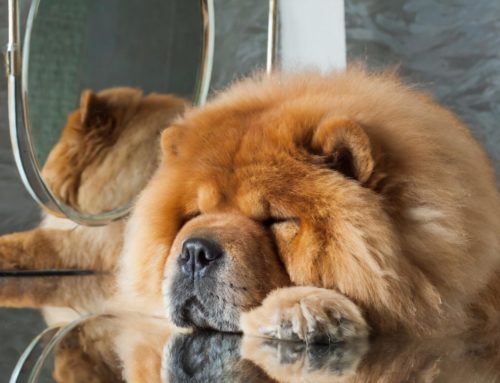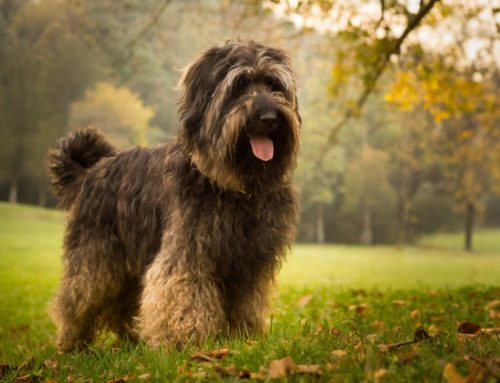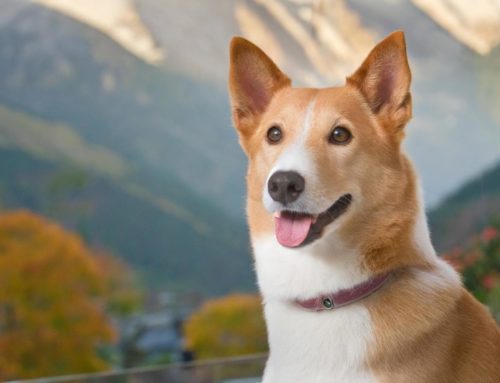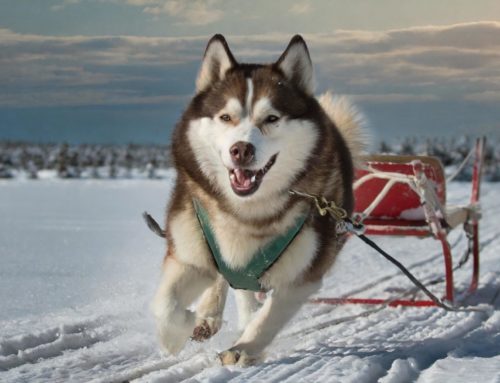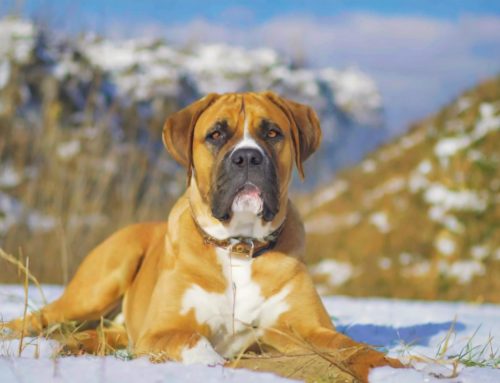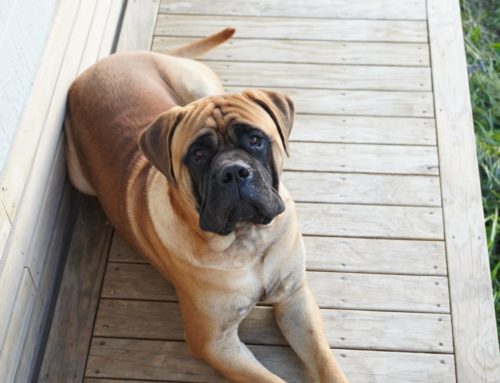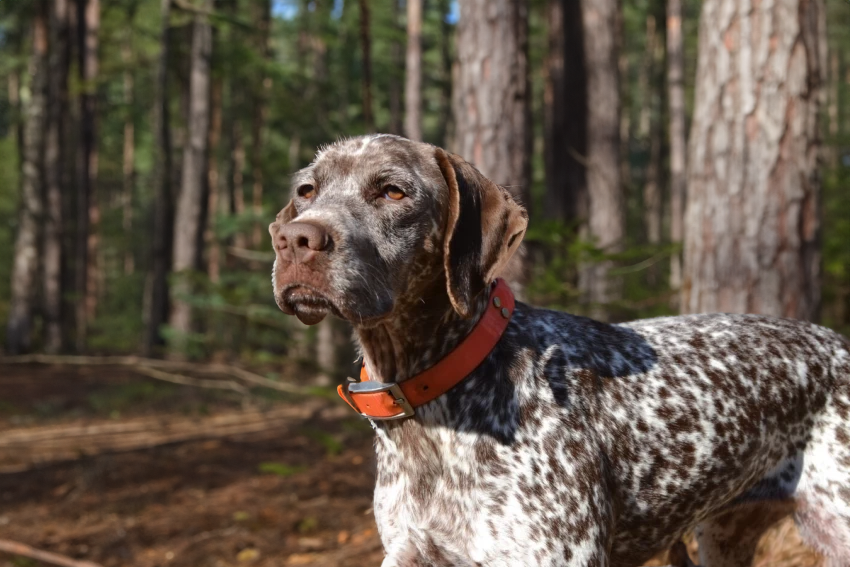
The Braque du Bourbonnais, an ancient breed of dog originally bred as a hunting dog, originated in the French region of Bourbonnais. Known for its elegant and muscular physique, this breed has a remarkable history dating back to the 16th century.
It is a medium-sized dog with a distinctive short tail, sometimes even born almost tailless, which is unique among dog breeds. Throughout its history, the popularity of the Braque du Bourbonnais has fluctuated.
In the 20th century, the breed almost seemed to disappear, but thanks to the efforts of dedicated breeders and kennel clubs, including the Club du Braque du Bourbonnais, the breed has been preserved. Today, the Braque du Bourbonnais is a versatile hunting dog.
FCI Group 7 Pointing Dogs
The Braque du Bourbonnais, a medium-sized dog breed with a distinctive coat, belongs to the FCI Group 7, the group of preliminary dogs. This group includes breeds known for their skills in tracking and pointing game, such as pointers and setters.
The Bourbonnais Pointer, often found with a white coat speckled with light, fawn, or lilac shades, is also known for its fine brown or fawn muzzle and strong legs. Praised for its sharp nose and skills in hunting partridges, this breed has a stocky and muscular build.
A remarkable feature of the Braque du Bourbonnais is that many of these dogs are almost always born without a tail, a unique trait known as a ‘short tail’.
Physical characteristics of the Braque du Bourbonnais
The Braque du Bourbonnais is known for its affectionate nature.Has a distinctive coat that is often speckled white with light fawn spots, sometimes described as peach blossom or lilac in colour. The shoulder height of the Braque du Bourbonnais varies, with males usually measuring around 57 centimetres and bitches around 55 centimetres.
Their coat, although short-haired, can sometimes have an oily texture, requiring regular brushing to control hair loss and keep the skin in good condition. The colour of their coat ranges from white with chestnut or russet patches to the more rare lilac colour.
Bred in the French regions of Allier and Cher, these dogs are part of the French Kennel Club (SCC) and are often used in various types of hunting due to their excellent sense of smell and energetic nature. Their history of elegance, passion and intelligence makes them a favourite breed among breeders and dog lovers alike.
Hereditary diseases and disorders
- Hip dysplasia: A condition in which the hip joint is not formed properly, which can lead to arthritis and pain.
- Elbow dysplasia: Similar to hip dysplasia, but in the elbows, which can also cause mobility problems.
- Epilepsy: A neurological condition that causes seizures.
- Ear infections: Because of their drooping ears, Braque du Bourbonnais can be prone to ear infections, which should be checked and cleaned regularly.
- Skin allergies: Some dogs can be sensitive to certain allergens, which can cause skin irritations.
- Entropion or ectropion: Eyelid abnormalities, where the eyelid rolls inwards or outwards.
- Heart disease: Some dogs may be prone to various heart conditions.
- Thyroid problems: Hypothyroidism is a condition that can occur, where the thyroid gland does not produce enough hormones.
The character of the Braque du Bourbonnais
A muscular dog, the Braque du Bourbonnais is known for its unique external features, including a white speckled with light fawn or sometimes even blue fur. This breed, almost always born without a tail, is registered with canine organisations such as the FCI. The breed was almost declared extinct, but thanks to the efforts of a group of breeders led by Michel Comte, the breed has been revived.
This elegant and robust dog is an ideal companion and companion dog. They are good with children and are known for their gentle and affectionate nature. Their coat, sometimes called peach blossom because of its unique texture, is short and does not require much maintenance. However, these dogs have considerable exercise requirements and are best suited to an active lifestyle.
As a house dog, the Braque du Bourbonnais fits well in the family environment. They are very sociable and should be well socialised from an early age. This breed is also known for its intelligence and willingness to learn, which makes them suitable for various dog sports.
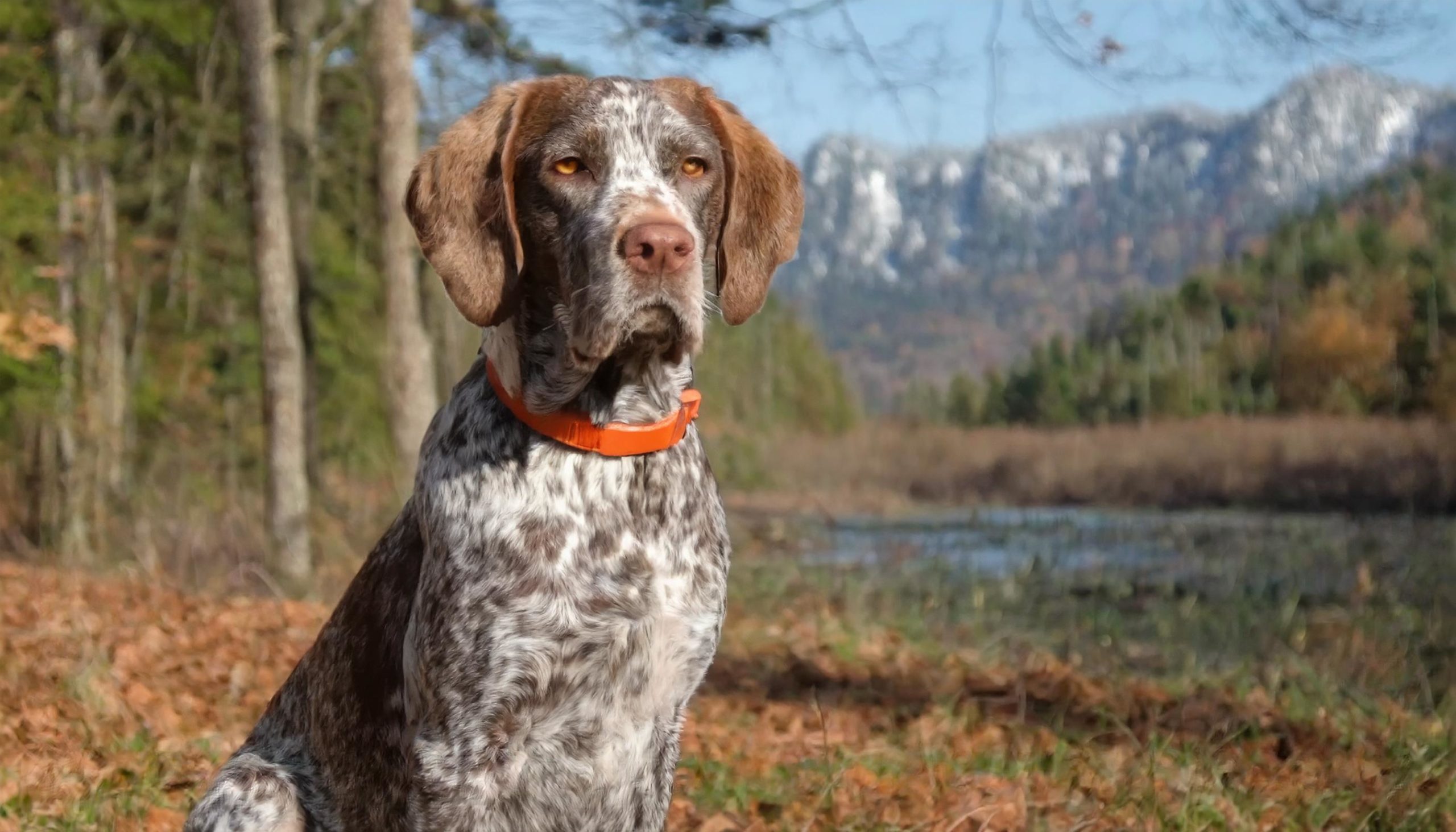
The care of Braque du Bourbonnais
A registered breed with the Fédération Cynologique Internationale (FCI) since 1958, the Braque du Bourbonnais requires specific care to ensure its well-being.
This ancient breed, which dates back to 1598, is distinguished by its speckles that range from white with chestnut patches to even a unique peach blossom colour. This colour combination, where the true pigment of the skin shines through, makes each dog unique.
The Braque du Bourbonnais has a robust build and an elegant attitude. The care of their coat, a mix of white and coloured hairs, is relatively simple. Regular brushing is enough to remove loose hairs and keep the coat shiny.
This breed is known for its good health, but as with all dogs, it is important to be alert for common diseases and carry out regular health checks. A crucial aspect of their care is adequate exercise and mental stimulation. As an upright dog with a strong hunting instinct, the Braque du Bourbonnais needs plenty of exercise daily.
This helps not only to prevent physical problems such as obesity, but also to keep their minds sharp and engaged.
Socialisation and upbringing of the Braque du Bourbonnais
The socialisation and upbringing of the Braque du Bourbonnais are crucial elements in developing a well-adjusted and balanced dog. This breed is known for its gentle and affectionate nature, making it an excellent family dog. However, early socialisation is essential to ensure they interact well with both people and other dogs.
From an early age, Braque du Bourbonnais puppies should be exposed to various experiences, sounds, people and animals. This helps them become familiar with different situations and prevents fear or aggressive behaviour later in life.
Training should be consistent, with an emphasis on positive reinforcement. This breed is intelligent and learns quickly, but can sometimes be stubborn. Patience and consistent guidance are therefore essential.
Regular exercise is also very important for the Braque du Bourbonnais. As an energetic dog with a strong hunting instinct, they need sufficient exercise to release their physical and mental energy. Activities such as walking, jogging, fetch and dog sports are excellent ways to keep them stimulated both physically and mentally.
How much experience does a Braque du Bourbonnais require
The Braque du Bourbonnais is a breed that can suit both experienced and inexperienced dog owners, but some aspects of its character and needs are important to consider. This breed is known for its intelligence, gentleness and affection, which makes it a good choice for first-time dog owners.
However, due to their energetic nature and strong hunting instinct, they need regular and sufficient exercise, as well as mental stimulation. For inexperienced owners, it is important to know that consistent training and socialisation are essential from an early age.
This helps prevent any behavioural problems and ensures a well-adjusted dog. Support from a professional dog trainer or attending puppy training classes can be very helpful.
Experience can also help in recognising and responding appropriately to the needs of this breed, especially when it comes to their hunting instinct and tendency towards independence. Experienced owners can respond better to these traits and often know how to strike a good balance between discipline, training and affection.
Is training necessary?
Training is essential for the Braque du Bourbonnais, as with most dog breeds. This breed is known for its intelligence and affection, which makes them receptive to training. They have a natural tendency to hunt and are highly energetic, which means they need both physical and mental stimulation.
Training a Braque du Bourbonnais should begin as soon as the puppy is in the house. Early socialisation and puppy training are crucial to help them become well-adjusted and obedient dogs.
This breed responds well to positive reinforcement and consistent training methods. It is important to introduce them to different people, animals and environments at an early age. As they have a strong hunting instinct, it is essential to emphasise obedience training, such as coming on command.
This is especially important when they run loose in open areas. Training in obedience and basic commands also helps control their hunting behaviour.
How much exercise does a Braque du Bourbonnais need?
The Braque du Bourbonnais is a dog breed that needs adequate daily exercise to stay healthy and happy. As an original hunting dog, this breed is accustomed to long periods of physical activity and has a strong need for regular exercise.
Ideally, an adult Braque du Bourbonnais needs at least one to two hours of exercise every day. This can include walks, running, playing in a safe, fenced-in area, or participating in dog sports such as agility or flyball. Their stamina also makes them excellent companions for jogging or long walks.
It is important to challenge these dogs both physically and mentally. Mental stimulation can be achieved through interactive games, training sessions and activities that appeal to their natural hunting instincts.
Without adequate exercise and mental stimulation, a Braque du Bourbonnais may show signs of boredom and stress, which can lead to destructive behavior.
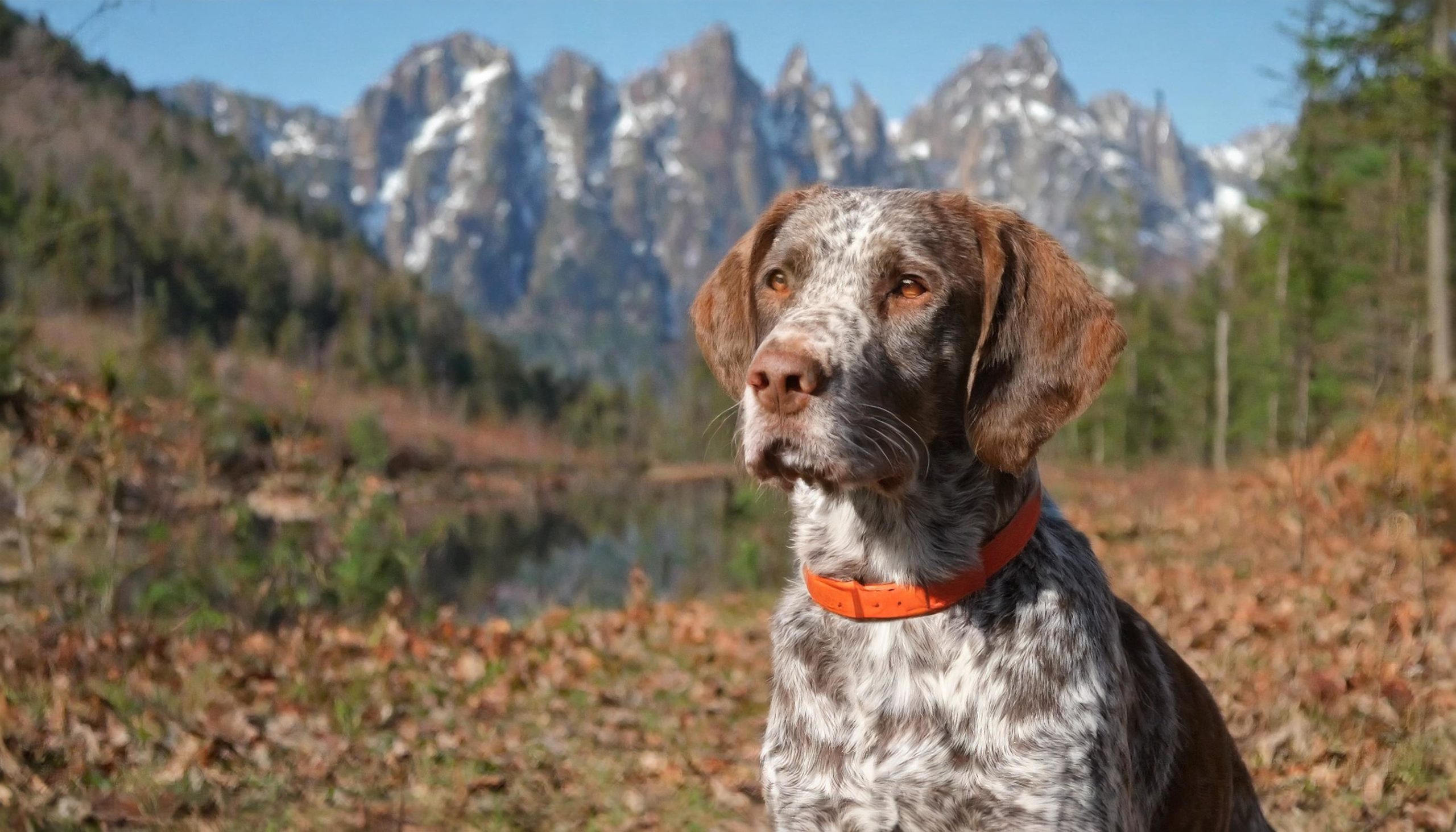
How is it getting along with children?
The Braque du Bourbonnais is known for its gentle and affectionate nature, which makes it an excellent choice for families with children. This breed is naturally gentle and patient, making it get along well with children of all ages.
Thanks to their intelligent and accommodating nature, Braque du Bourbonnais dogs are often easy to train, contributing to a harmonious relationship with young family members. These dogs enjoy interaction and love to play with children, but as with any dog breed, supervision is always recommended, especially with younger children.
It is essential to teach children how to interact with dogs in a respectful and safe manner. The Braque du Bourbonnais also has a natural protective instinct, making it a loyal and vigilant companion for the whole family. However, this breed is not overly territorial or aggressive, contributing to a safe environment for children.
Advantages of a Braque du Bourbonnais
- Affectionate and Friendly: These dogs are very affectionate and friendly, which makes them excellent companions.
- Good with Children: Their gentle and patient nature means they are often good with children.
- Intelligent and Trainable: The Braque du Bourbonnais is known for its intelligence and eagerness to learn, which makes training easier.
- Average Size: Their medium size makes them suitable for both flats and homes.
- Little Care: Their coat requires relatively little maintenance.
Disadvantages of a Braque du Bourbonnais
- Exercise Needs: They need sufficient daily exercise to expend their energy.
- Strong Hunting Instincts: Their hunting instinct can be challenging in environments with lots of small animals.
- Health Problems: Like many breeds, they can be prone to certain hereditary health problems.
- Social Needs: They do not do well alone for long periods of time; they need companionship and interaction.
- Training Requirements: Despite their intelligence, their independent nature requires consistent and patient training.
How old will a Braque du Bourbonnais get?
A medium-sized and robust dog breed, the Braque du Bourbonnais is known for its relatively long lifespan, especially when compared to other breeds of similar size.
On average, a Braque du Bourbonnais lives to be between 12 and 15 years old. However, this life expectancy can vary depending on several factors, including genetics, lifestyle, diet and the general health care the dog receives.
Price of a Braque du Bourbonnais
The Braque du Bourbonnais, celebrated for its unique ticked coat and vivacious nature, is somewhat of a rarity in the United States. Here’s an overview of the potential cost, breeds with similarities, and further guidance:
- Estimated Price Range: Due to their scarcity, it’s hard to offer a precise figure. However, you might anticipate costs ranging from $900 to $1,200 for a puppy from a well-regarded breeder, if such a breeder can be found.
Factors Influencing Price:
- Breeder’s Reputation: It may prove a challenge to find a U.S. breeder focused on Braque du Bourbonnais. Those with notable imported lineages or champion pedigrees are likely to request higher prices.
- Pedigree: Puppies that are registered with recognized canine organizations might carry a premium over non-registered counterparts.
- Location Impact: The scarcity of breeders means location may not greatly influence price as with more common dog breeds.
Comparable Breeds:
With Braque du Bourbonnais’s limited presence, consider these similar breeds available in the U.S.:
- French Brittany: Known for its agility and willingness to please, typically priced between $1,500 and $3,000.
- English Pointer: Renowned for its athletic prowess and trainability, with prices usually between $800 and $2,000.
- German Shorthaired Pointer (GSP): A versatile hunter valued for its athletic ability and trainability, typically ranging from $800 to $2,000.
Additional Guidance:
- Thorough Research: These dogs, bred for hunting, need ample physical and mental engagement. Ensure you’re prepared for their active lifestyle requirements.
- Alternative Adoption Options: With the breed’s scarcity, consider adopting a similar breed or mixed breed that embodies comparable traits from a shelter or rescue.
- Seeking Specialty Organizations: While direct resources may be scarce, affiliating with groups dedicated to the breed could offer connections or guidance toward acquiring a Braque du Bourbonnais.
- Anticipate Waiting Lists: Interest in this breed might necessitate patience, potentially joining waiting lists due to the sporadic nature of available litters.
